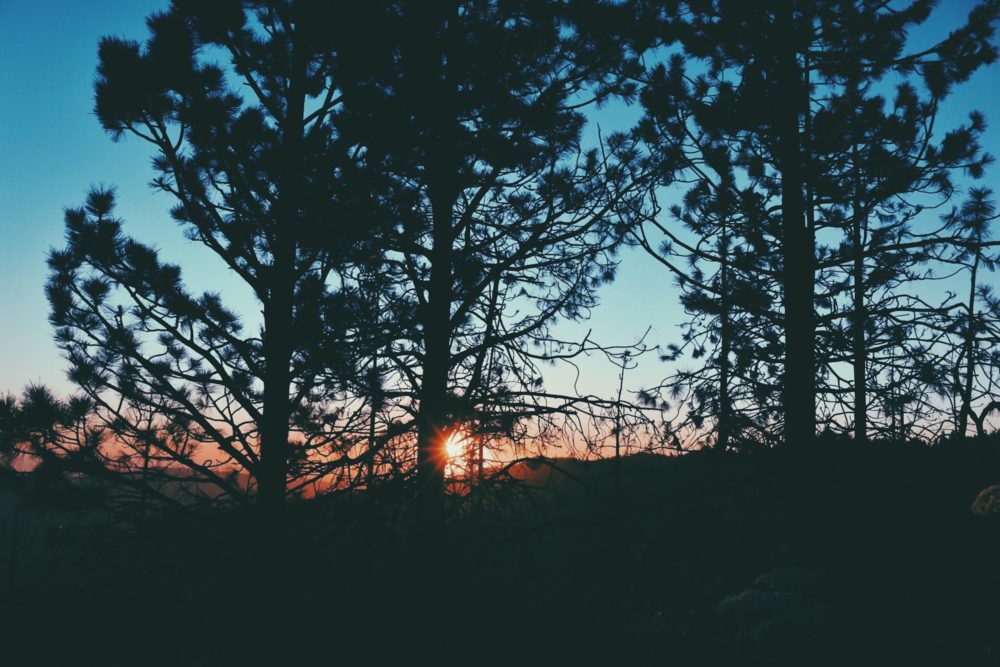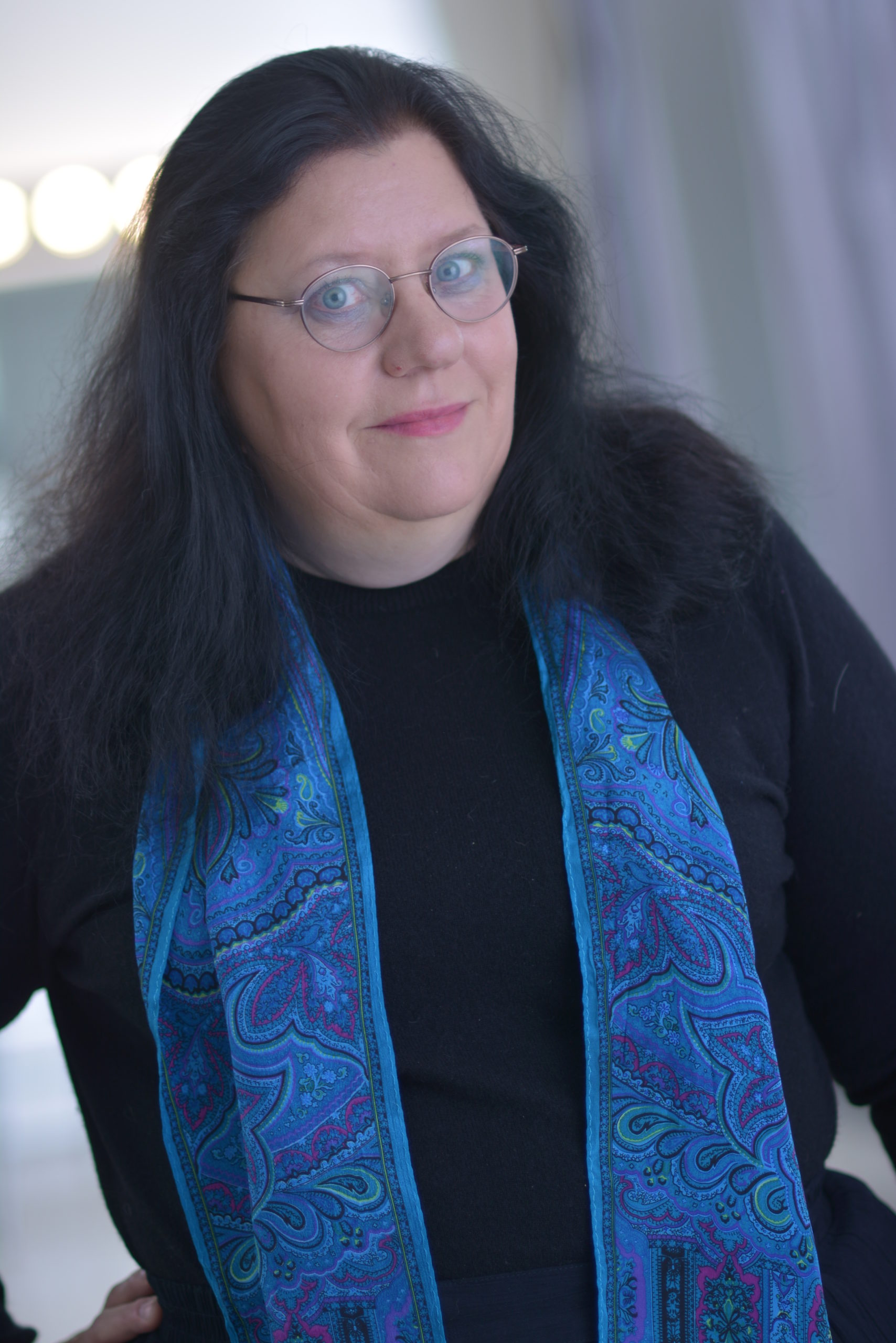Apply now to join our next cohort of Community Science Fellows and Community Leads!

Photo courtesy of @sjmcreative via Unsplash
Big Sandy Rancheria of Western Mono Indians of California (BSR) is a federally recognized Indian tribe. The Big Sandy Rancheria is located in central part of the State of California in a rural section of eastern Fresno County. BSR is situated in the foothills on the western slope of the Sierra Nevada Mountain Range. BSR is approximately 280 acres in size and is positioned in a steeply sloped, heavily wooded oak and chaparral valley, with elevations between 2440 and 3600 feet. BSR is considered a Wildland-Urban Interface (WUI) community within a California Department of Forestry and Fire Protection (CAL FIRE) designated High Fire Hazard Severity Zone. There are forty-eight (48) habitable structures which house over one hundred and seventy (170) tribal residents. Residences are located throughout the Rancheria. BSR’s cultural and community resources include a tribal cemetery, historic records and archives, and culturally relevant sites including traditional basket materials and food gathering sites in and around BSR.
Current effects of climate change are directly impacting the Rancheria and surrounding area. The entire Rancheria is surrounded by overgrown brush and thousands of dead trees from the drought induced bark beetle infestation that is impacting large sections of the Sierra Nevada. The seasonal creek that once flowed through the Rancheria has been dry or very limited flow in recent years. The chaparral and oak woodlands on the Rancheria have been impacted by oak and pine die off and an acceleration of dense brush growth.
The Big Sandy Rancheria has a current California Department of Transportation (Caltrans) Planning Grant to develop an Emergency Evacuation Plan and a FEMA Hazard Mitigation Planning Grant to develop a Tribal Hazard Mitigation Plan. A community survey focusing on issues such as transportation, engineering and other important community resources is helping understand what tribal members see as the big issues of security that need to be answered. However there is no climate language in the survey. Some of the main priorities that are being addressed under this FEMA award include landslides, flooding, fires, and their impacts on seasonal cultural gatherings for resources for baskets and other important cultural resources, and these issues all have a clear connection to changing climate. However, the tribe needs a better understanding of how climate change plays into future management of these issues. The tribe also has a current EPA GAP (General Assistance Program) Grant that encourages the development of a Climate Change Adaptation Plan. It’s clear to tribal leadership that there would be benefits to creating such a plan and coupling it with the FEMA Hazards Response Plan.
The project involves determining key scientific questions that will support the development of a Climate Change Assessment and Climate Change Adaptation Plan for the Big Sandy Rancheria. The community would like help understanding in what ways Climate Change has and will continue to impact the Big Sandy Rancheria so that they can develop an adaptation plan which will prepare the community to deal with future hazards and protect important cultural resources. The project team will look at key community and cultural resources to determine specific threats to these resources by climate change. Of primary importance are understanding the threat of climate change to community safety in regards to fire and drought. Beyond that, the community is beginning the process of surveying community members to develop a list of key cultural resources that might also be impacted by climate change. Once these are identified, the community again will need support in identifying key science questions that must be answered in order to understand future impacts. By completing Climate Change Assessment and Adaptation Plans in sync with the Tribal Hazard Mitigation Plan and Emergency Evacuation Plan currently under development, the Big Sandy Rancheria will be better situated to deal with future climate changes.
Big Sandy Rancheria also has a Workforce Development program that supports young people to work on the forestry crew. The community is interested in supporting their tribal members to achieve success through education and preparation for the workforce. They would be very excited to have youth from the tribe involved in any aspect of this project that supports their academic and workforce development success.
A 20 Month planning process will lead to a completed Tribal Mitigation Plan and Climate Change Assessment and Climate Change Adaptation Plan by the end of 2021. Initial planning for the project began in September 2020. Key milestones include initial consultation between the tribe and partner scientists to outline key scientific considerations that will impact development of Climate Change Assessment and Adaptation by the tribe. In the first quarter of 2021 the initial phase of outlining key science questions that need to be addressed in the Climate Change Assessment and Climate Change Adaptation Plan should be completed.
(Photo coming soon!)
Sue Carter is the Assistant Tribal Administrator/Environmental Director. She has a small environmental staff that includes a Water Technician, an Education/Outreach Assistant and a Solid Waste Assistant. Sue Carter is the person who will develop the Climate Change Assessment and Climate Change Adaptation Plan. She is working on this in conjunction with a Hazard Mitigation Plan, and Evacuation Planning Grant. .

Diana Dalbotten is the director of Diversity and Broader Impacts for the St. Anthony Falls Laboratory. The focus of her scholarly engagement has been on broadening participation of Native Americans in Science, Technology, Engineering, and Mathematics fields. Dr. Dalbotten has collaborated with tribes in Minnesota and nationally to advance this agenda. Her work is driven o advance the practice of Community-Based Participatory Research (CPBR) on environmental issues and education in the geosciences. She is the director of the Research Experience for Undergraduates (REU) on Sustainable Land and Water Resources, a collaboration with the Fond du Lac Band of Lake Superior Chippewa; Salish Kootenai College, Montana; and the University of Minnesota. This unique National Science Foundation REU is unique in being both tribally-focused and incorporating CPBR. Dr. Dalbotten also collaborates with Fond du Lac on the gidakiimanaanwigamig (Our Earth Lodge) Math and Science Camps, which have run since 2002. Hundreds of student participants have benefitted from gidakiimanaaniwigamig’s focus on graduation from high-school, college-readiness, and academic excellence. Nationally, Dr. Dalbotten is the founder and directs the Geoscience Alliance, a national alliance for broadening participation of Native Americans in the geosciences. This group will be offering their 5th national conference in 2021. Dr. Dalbotten has also collaborated with tribal colleges and universities on the development of new science majors at Salish Kootenai College and Leech Lake Tribal College. Dr. Dalbotten’s community-engaged scholarship seeks to support better relationships between tribes and the University of Minnesota.
The Big Sandy Rancheria tribal administration seeks a scientist to work with staff to identify and understand the science behind the climate change impacts they can expect in the future. Once we identify where science can inform the process, a science plan for answering specific science questions may need to be developed. By identifying what future issues need to be considered, the community can be better prepared to understand, plan for, and adapt to these challenges. The most critical issues that need to be considered from a forecasting standpoint are the hazards of fire and drought. Beyond these two critical issues, the tribe is identifying significant cultural resources that may be impacted by climate change. The ideal scientist will have a background in climate change assessment and adaptation, an understanding of tribal resource management, and indigenous research protocols. Important skills include:
Thriving Earth Exchange asks all scientific partners to work with the community to help define a project with concrete local impact to which they can contribute as pro-bono volunteers and collaborators. This work can also position the scientists and communities to seek additional funding, together, for the next stage.
(c) 2024 Thriving Earth Exchange